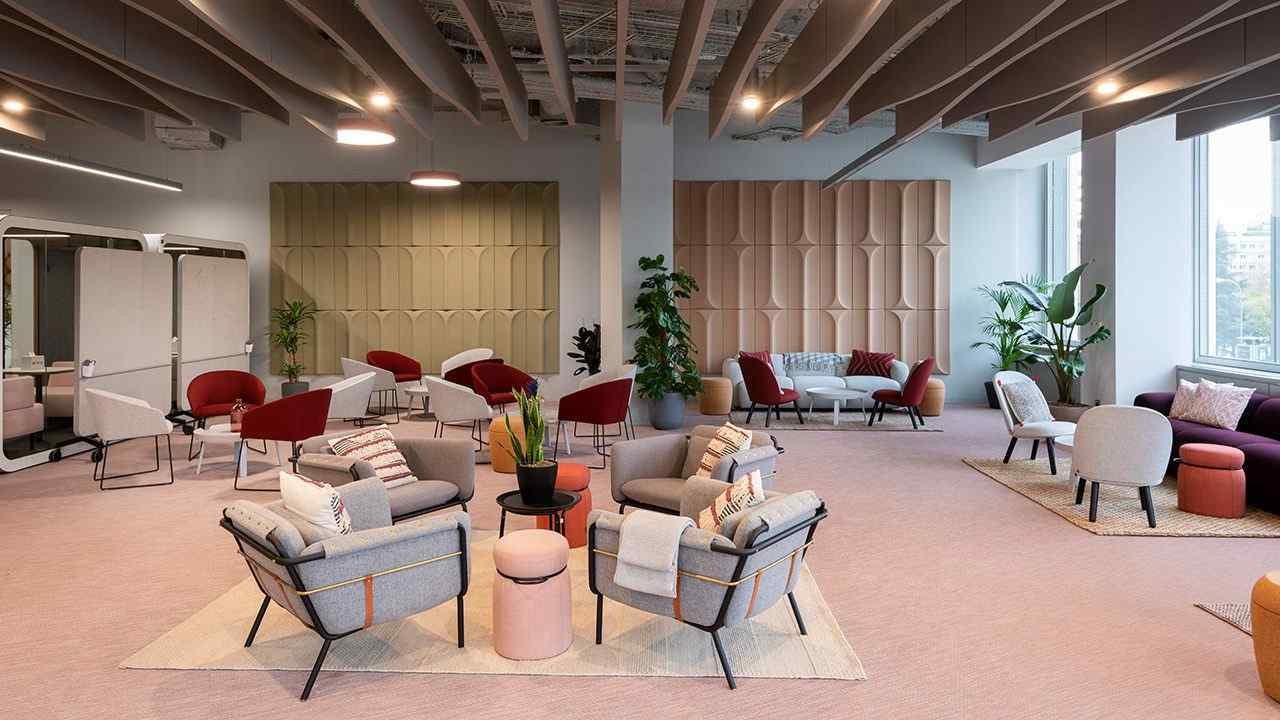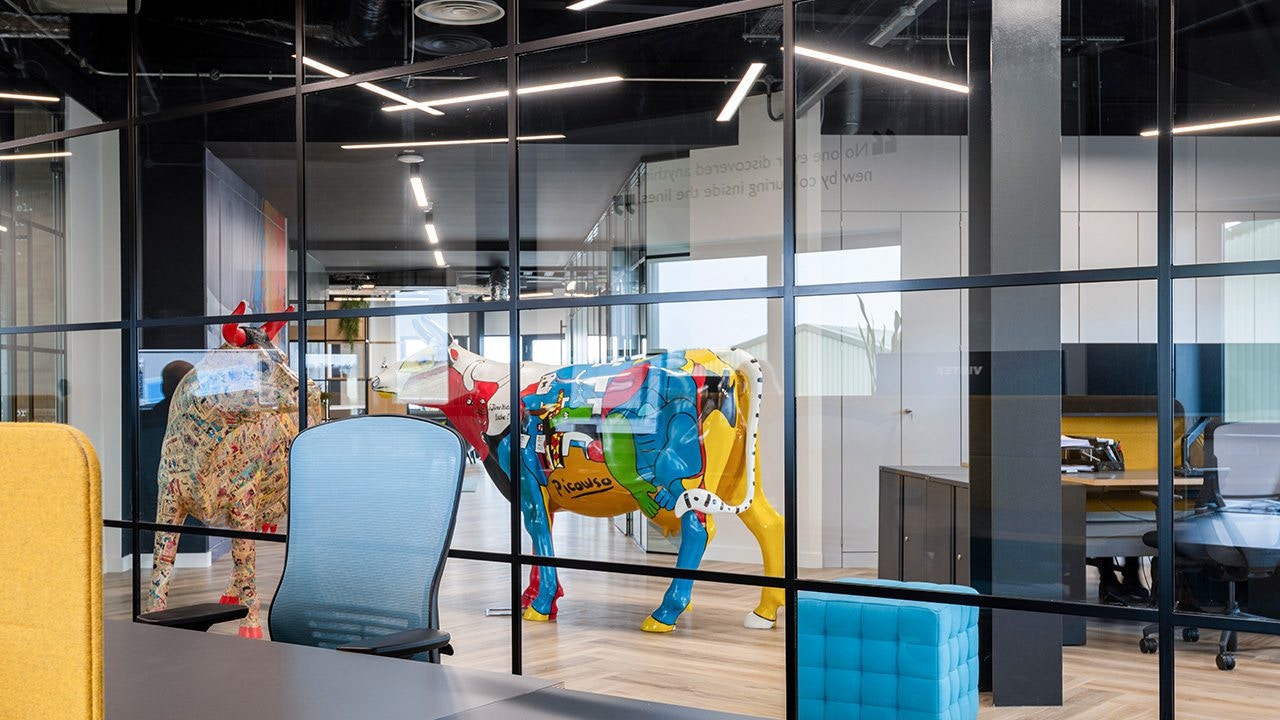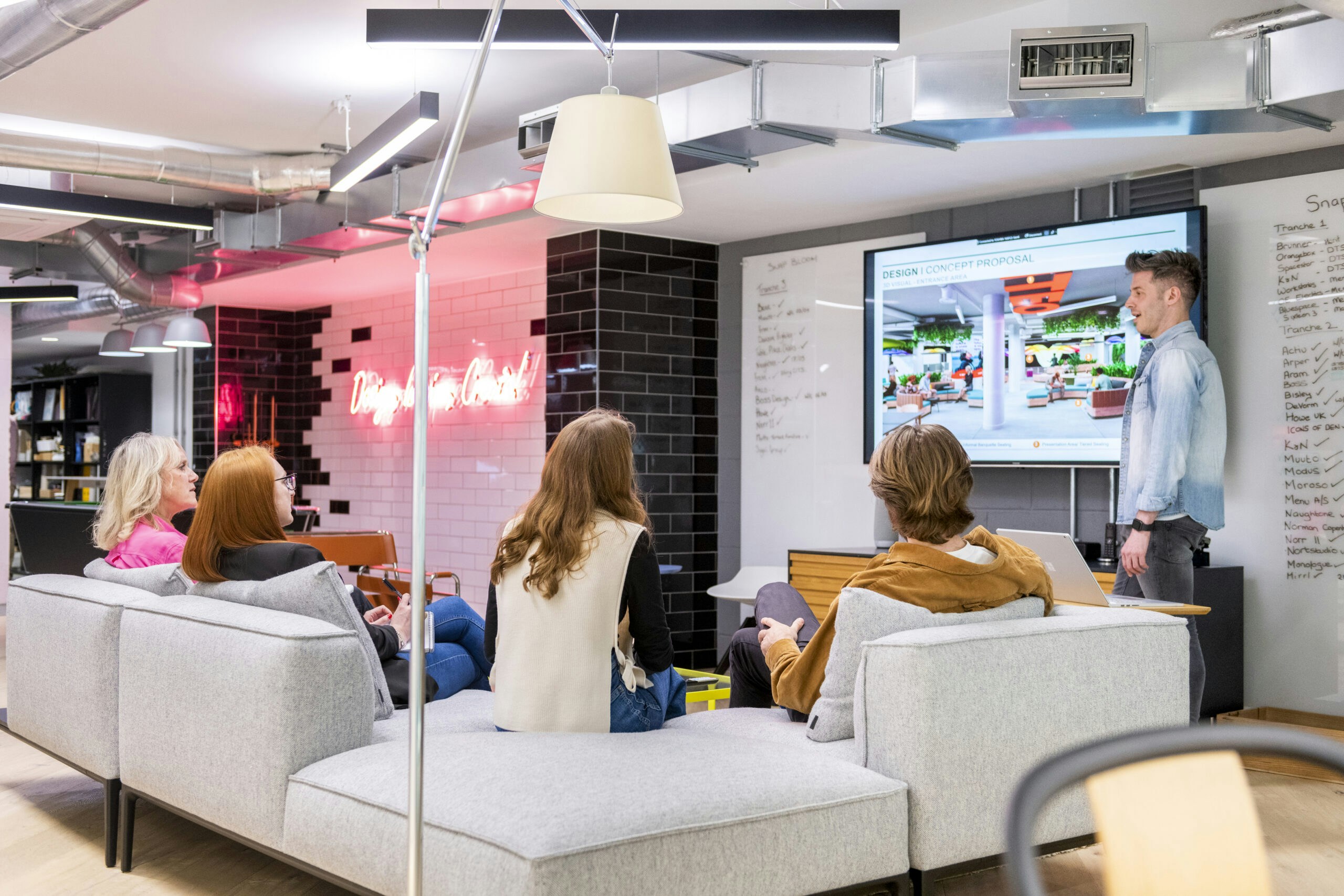What is Collaborative Working?
Collaborative working, also known as joint working or partnership working, is a style of work that encourages participation within and between team members, enabling the sharing of ideas, knowledge, and skills. This approach allows employees to achieve more than they could working alone. According to a report by McKinsey & Company, companies that promote collaboration are 5 times more likely to be high-performing, showing the tangible benefits of a well-designed collaborative workspace.
Collaboration by Design
Designing collaborative workspaces involves careful consideration of several factors, such as office layout, flexibility, and the use of technology. Traditional office spaces with open-plan areas, meeting rooms, and breakout spaces have evolved to accommodate different working styles. For instance, some people prefer quiet, individual work, while others thrive in group settings. According to a study by Gensler, 79% of employees stated that having different workspace options is essential for productivity.
Where office spaces used to be very much “one size fits all” with open plan spaces, small and large meeting rooms, and breakout areas, what’s changed is that companies have put a lot of focus on creating different ways of working. For instance, some people like to sit quietly on their own, while others like to group together and chat.
This has resulted in collaborative zones and workspaces designed to create an office environment that has something for everyone; for all sorts of personalities to collaborate in different ways. Examples include benches for one-on-one and group chats, break-out and team huddle areas, and acoustic booths and pods for private conversions and focused work.




